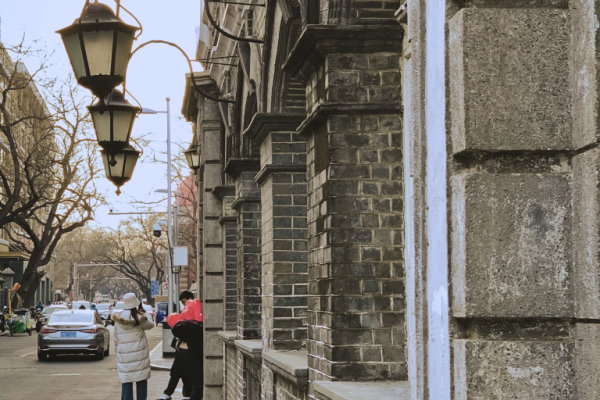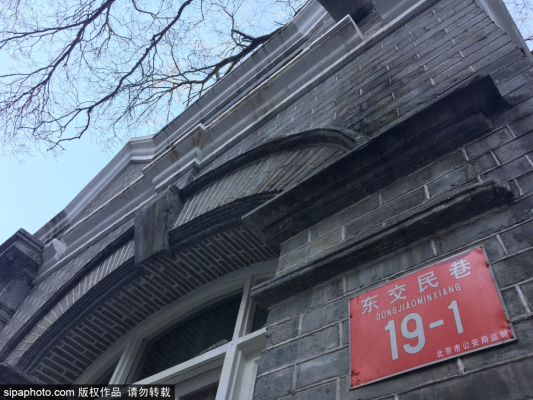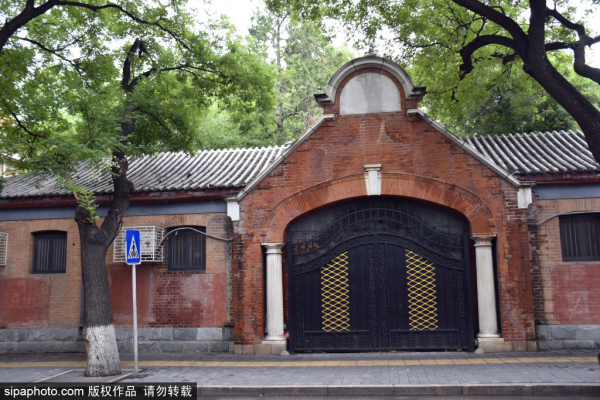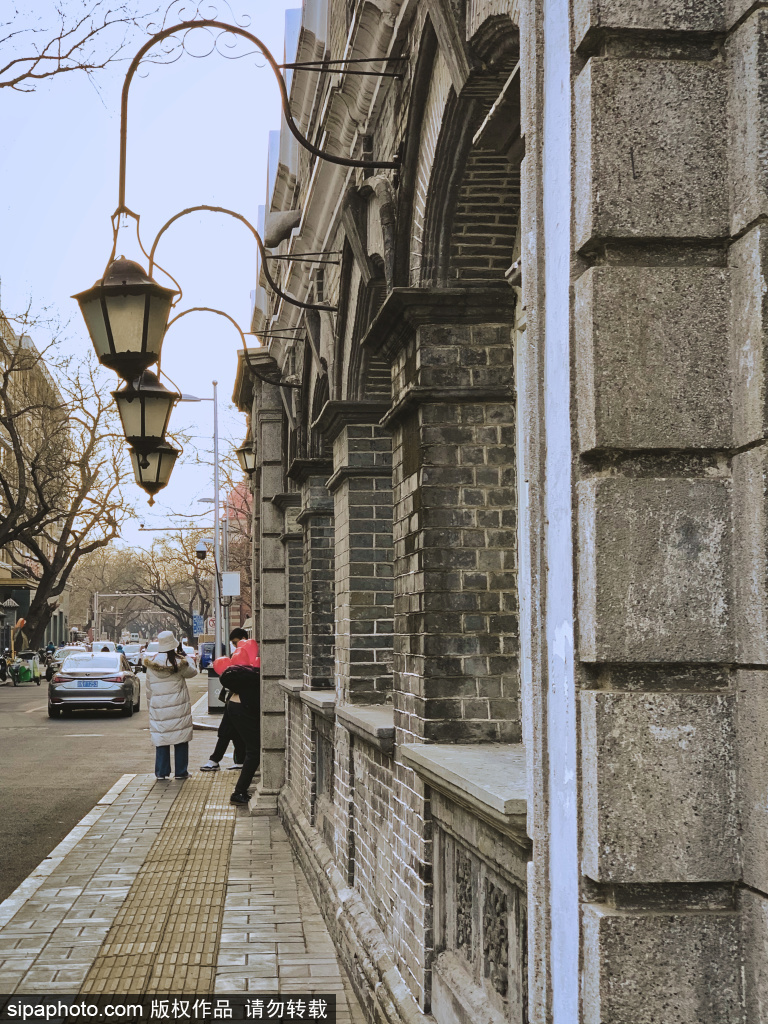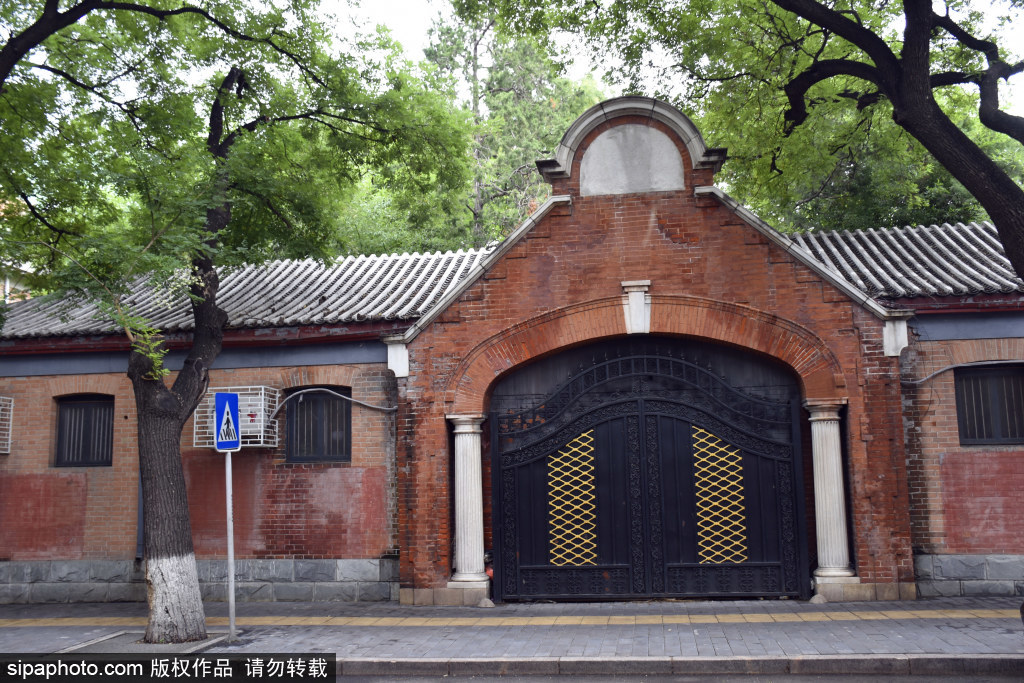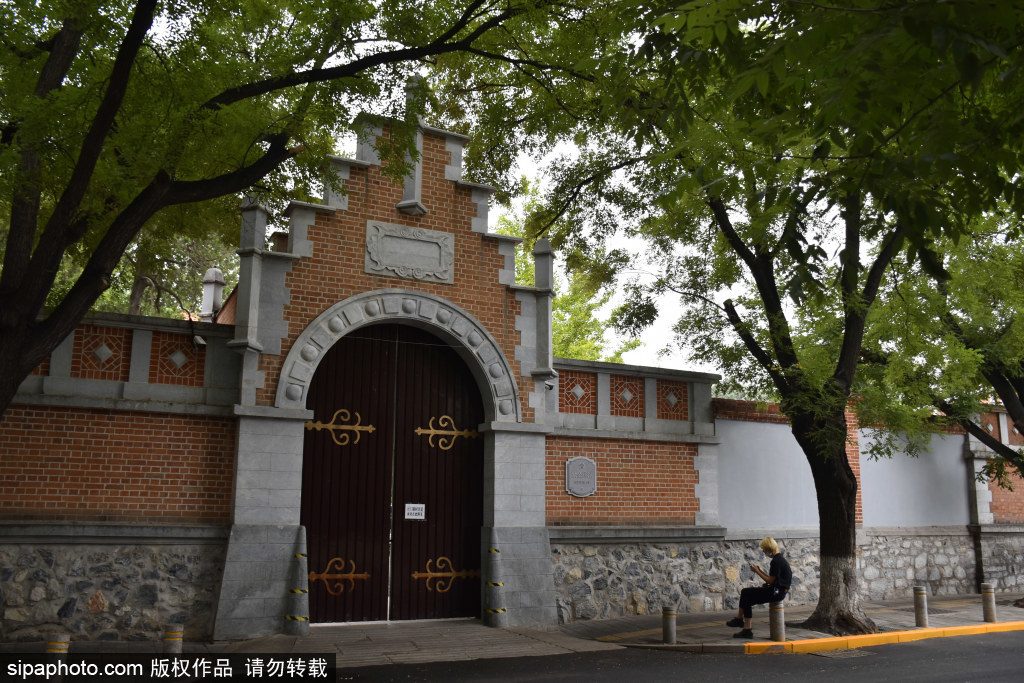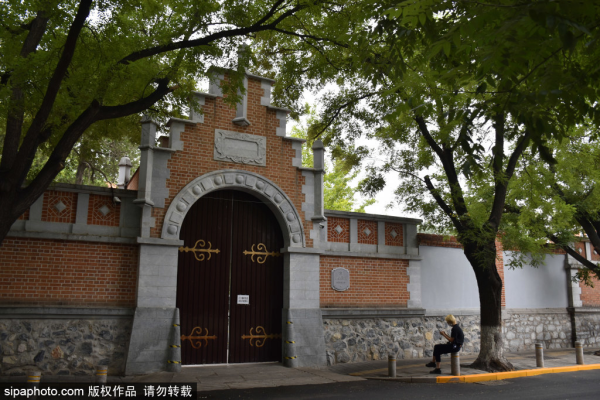Dongjiaomin Xiang (东交民巷)
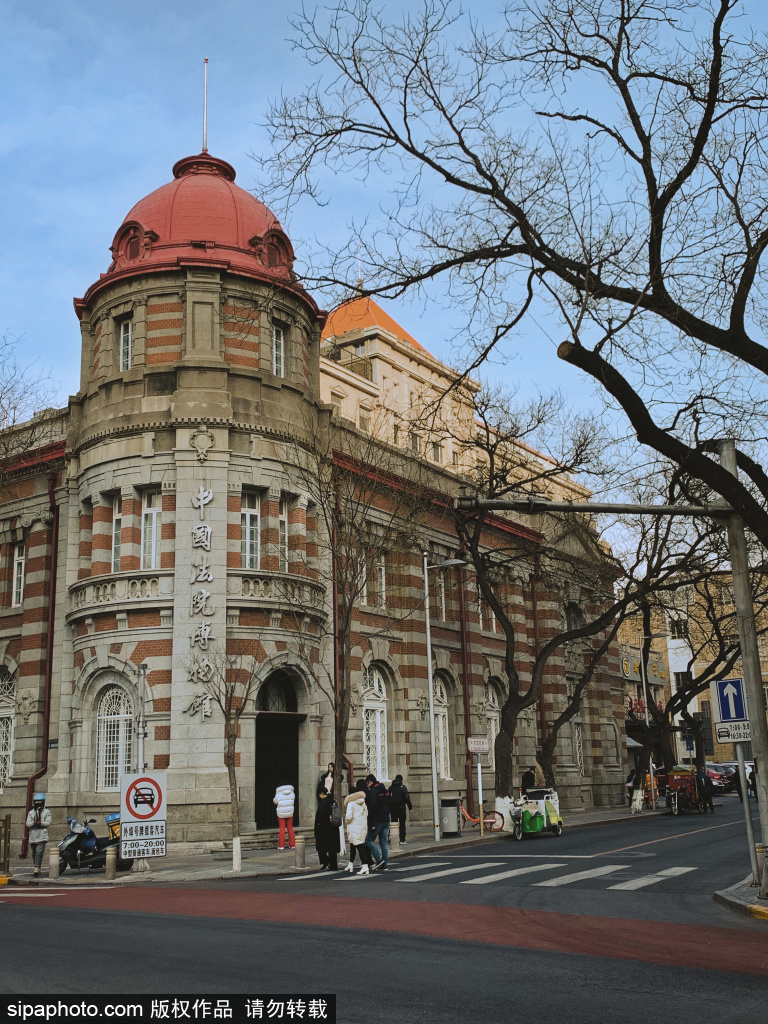
Description
Dongjiaomin Xiang (东交民巷)
Dongjiaomin Xiang, hustling and bustling, boasts a unique Western architectural ensemble in old Beijing. It is also Beijing's longest hutong, stretching 1552 meters from Chongwenmen Inner Street in the east to the east side of Tiananmen Square.
In 1861, Emperor Xianfeng officially established the Zongli Yamen for handling foreign affairs. Subsequently, Western powers demanded embassy establishments in Beijing, gradually transforming Dongjiaomin Xiang into a diplomatic quarter.
...
Dongjiaomin Xiang (东交民巷)
Dongjiaomin Xiang, hustling and bustling, boasts a unique Western architectural ensemble in old Beijing. It is also Beijing's longest hutong, stretching 1552 meters from Chongwenmen Inner Street in the east to the east side of Tiananmen Square.
In 1861, Emperor Xianfeng officially established the Zongli Yamen for handling foreign affairs. Subsequently, Western powers demanded embassy establishments in Beijing, gradually transforming Dongjiaomin Xiang into a diplomatic quarter.
In 1901, due to the "Boxer Protocol", the Qing government designated Dongjiaomin Xiang as an embassy area. Not until the liberation of Beiping in 1949 did Dongjiaomin Xiang begin to return to normal. On June 25, 2001, the State Council announced the "Dongjiaomin Xiang" architectural complex as a Major Historical and Cultural Site Protected at the National Level, including many former embassy sites.
